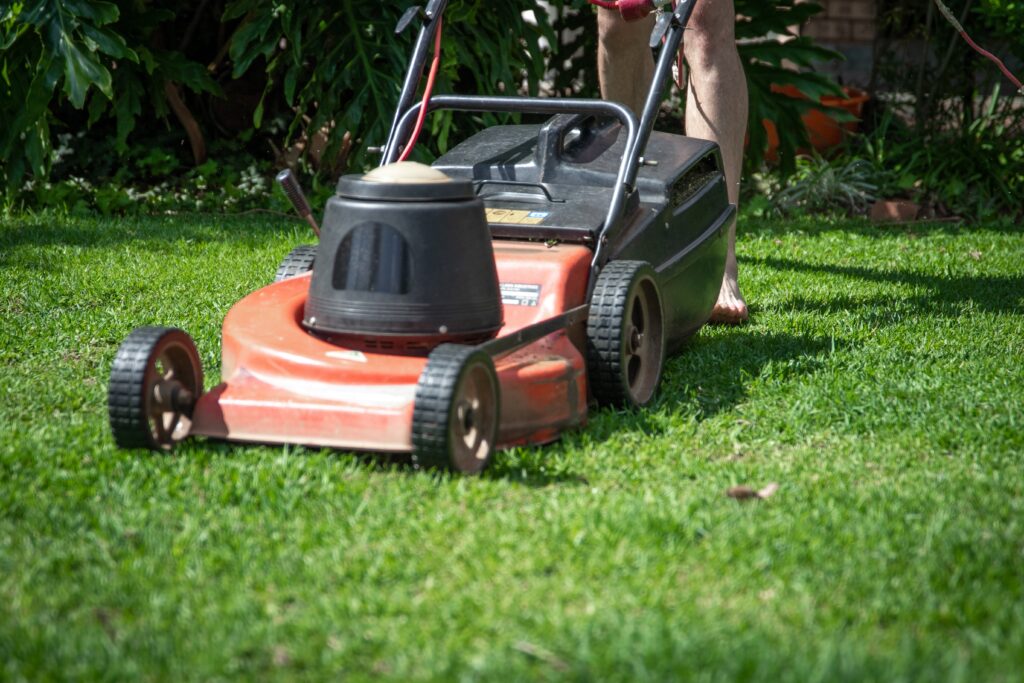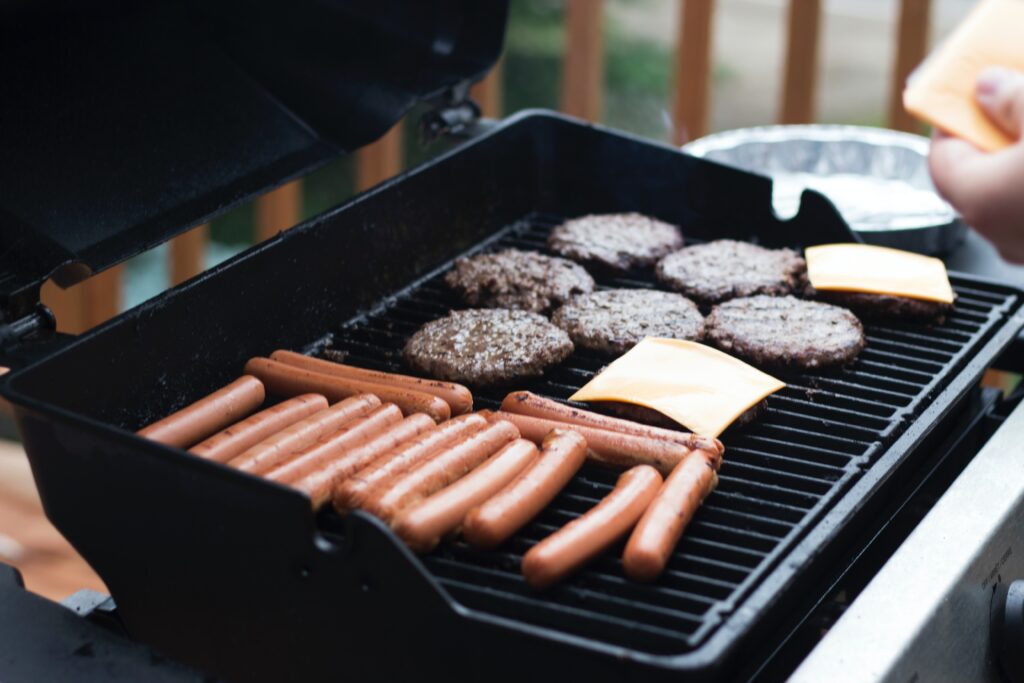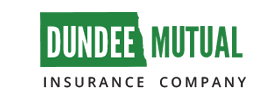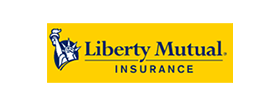Each year Spring brings new life, nice weather, some rain, and often the motivation for some deep cleaning. It’s an opportunity to get a clean slate for the rest of the year. Consumer Reports suggests tackling the following home maintenance projects each Spring.
1. Clean Household Filters
Clean or replace the filter of any appliance with a water or air filter. You can prolong the life of your appliances by keeping up with the proper maintenance, including changing your filters.
Here’s a list from Consumer Reports of filters in your home that you should be changing:
- Window ACs
- Over-the-range microwaves
- Range hoods
- Dehumidifiers
- Dishwashers with manual filters
- Vacuums
- Refrigerators
- Water filters
- Air purifiers
- Gas furnaces
2. De-Grime Countertop Appliances
Appliances can get pretty dirty sitting on the counter, especially the ones that are near the stove. I know my toaster gets really greasy overtime, probably because it’s right next to my range. Scrub any grease that has built-up one your countertop appliances.
Appliances to consider cleaning:
- Coffee maker
- Toaster
- Toaster oven
- Blender
- Food processor
- Microwave
- Air fryer
3. Wash Windows
I have 2 dogs and a toddler, so the bottom half of my windows get really dirty and smudged. I definitely can’t get away with only washing my windows once a year, but I will admit that I only wash the outside of the windows in the Spring. It’s the perfect time to get the windows sparkling clean so you can watch the world coming alive outside.
Here are some window washing tips from Consumer Reports:
- Before you start on the windows, clean dirty frames by vacuuming or wiping away the accumulated dust. Using a slightly damp sponge to apply the window cleaning solution, start from the top down.
- Wipe across the window with a dampened squeegee blade, then wipe the blade.
- Follow with a rinse of clean water applied with a chamois cloth. Polish off any remaining moisture with the dry cloth.
4. Prep Your Lawn Mower

If you have a lawn mower, you should consider some routine maintenance each Spring to prolong its lifespan and keep it running well. Gas mowers may need an oil change or a top off.
You should also check the spark plugs as they need to be changed every 100 hours of operation. Lastly, change the air filer to help the engine run more efficiently.
5. Spruce Up Your Lawn
Clean up dead leaves that may be left over from the fall or winter. If the grass is covered by dead leaves, the sun won’t be able to reach it and it won’t grow as well.
You can also clear walkways and driveways from dirt and debris and seal any new gaps or cracks to protect concrete from further water damage.
6. Get Your Gas Grill Ready

It’s finally grilling season again! Time to get the grill hooked up to the propane line and clean it up. Clear away spiderwebs, dirt, and debris that may have built-up during the winter. Clean the grates and inside if necessary.
Check for any gas leaks before you reconnect the propane tank and light the grill.
7. Pressure Wash Your Deck
Remove everything from the deck and sweep away any leaves, dirt or debris that might have accumulated. Pressure wash the deck, using a deck cleaner if there are tough spots.
Washing your deck each Spring will prevent dirt from building up overtime and help with the longevity of your wood.
8. Organize Your Garage
Set your summer up for success by getting your garage in order. Don’t waste the sunny days and nice weather hunting down your tent, camping chairs, or other summer supplies. Take the time in the Spring to get rid of the things you don’t need anymore by either throwing them away, donating them, or throwing a garage sale.
Once you’ve narrowed down the things you intend to keep, get them organized and make sure everything has a place. Utilize hooks on the walls and ceiling, along with shelves if you have the room.
If you are able to park your car(s) in the garage, they’re less likely to be damaged by hail when it inevitably falls in the summer months. That can save you the hassle of having to get your car fixed, along with the money you’d have to pay for your car insurance deductible.
9. Check Your Tires
Check the air pressure and add air if needed. Rotate your tires if you haven’t done so recently. Check the tread to make sure your tires aren’t too worn and one side isn’t wearing significantly more. If you notice uneven wear, consider taking your car in for an alignment.
If you put snow tires on your car, make sure you replace them with your all-season tires.
- My boat is already paid for and rarely used. Should I still invest in boat insurance?
- Wondering If Homeowners Insurance Is A Smart Investment? What to Know
- Commercial Insurance: Security Upgrades For An Office Setting
- The Difference Between Classic, Historic, Vintage, and Restored Automobiles
- Recreational Drone Insurance: Flying with Peace of Mind
Sources:
Farrell, M. (2020, January 26). 12 filters you should be changing at home. Retrieved April 28, 2021, from https://www.consumerreports.org/home-maintenance-repairs/filters-you-should-be-changing-at-home/
Consumer Reports. (2020, March 19). Chores to get done if you’re stuck at home. Retrieved April 28, 2021, from https://www.consumerreports.org/home-maintenance-repairs/projects-to-do-when-youre-stuck-at-home/
- My boat is already paid for and rarely used. Should I still invest in boat insurance?
- Wondering If Homeowners Insurance Is A Smart Investment? What to Know
- Commercial Insurance: Security Upgrades For An Office Setting
- The Difference Between Classic, Historic, Vintage, and Restored Automobiles
- Recreational Drone Insurance: Flying with Peace of Mind























